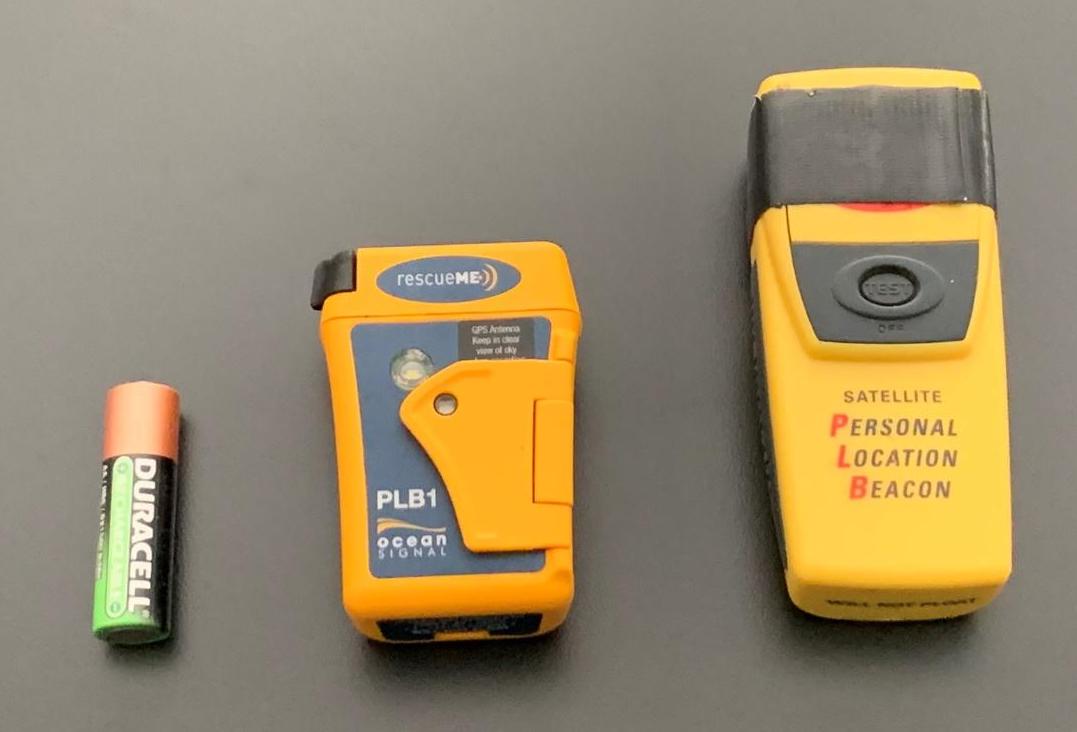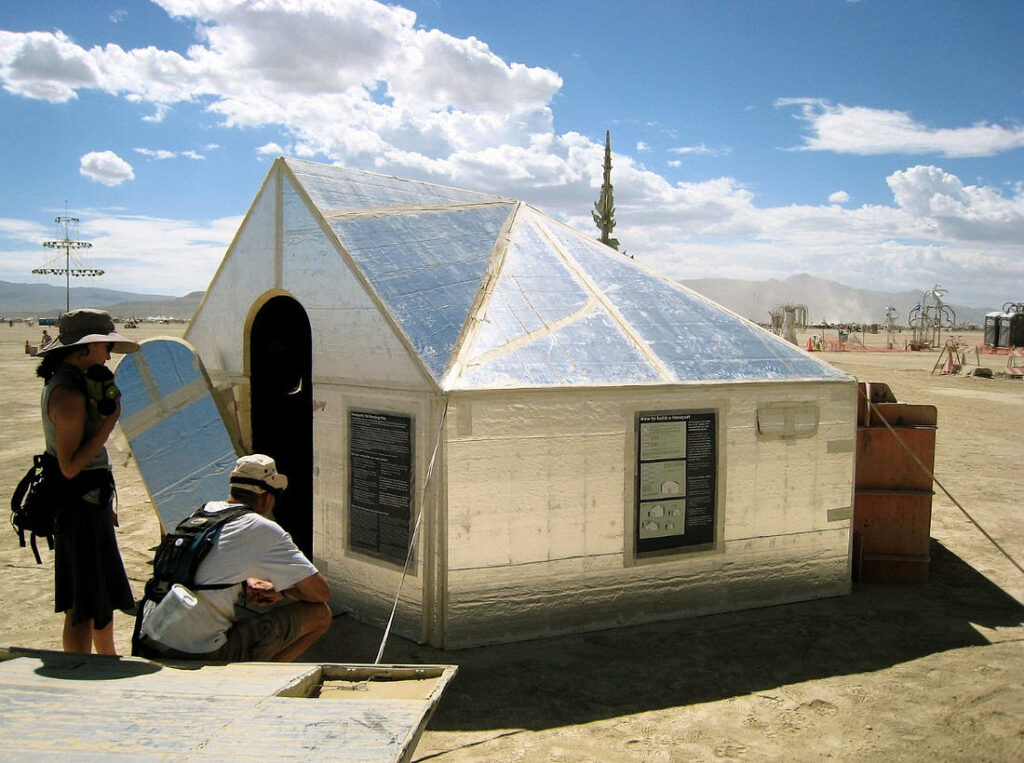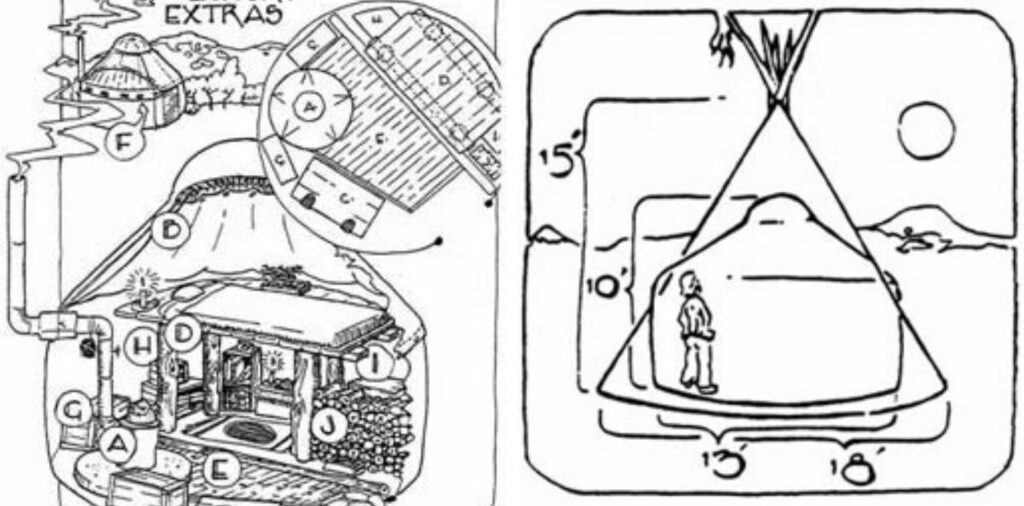RescueME Personal Locator Beacon

Alert emergency services wherever you are
Per manufacturer specifications, the battery in my previously reviewed McMurdo FastFind 210 PLB expired in 2019. Oddly enough, the battery test still shows a full charge, but I’ll leave it to a chemical engineer to explain the resilience of lithium manganese batteries. Since replacing the battery would incur 2/3 of the cost of a new device, I decided to use the opportunity to procure an even lighter and more capable model.
Enter the rescueME PLB1 from Ocean Signal, which I’ve been carrying on backcountry hiking and camping trips for the last 21 months. The most notable improvements are MEOSAR coverage and support for Galileo/Glonass, which significantly reduces the time needed to detect a distress signal and triangulate the user’s position. Thankfully I haven’t had to personally verify this yet, but you can research real-life cases on the NOAA website if you’re truly interested.
The above picture is of my two PLBs compared to an AA battery. It’s hard to believe the tiny rescueME can talk to a MEOSAR satellite 19,000-24,000 kilometers (12,000-15,000 miles) above the Earth and broadcast for a minimum of 24 hours; this is borderline sci-fi technology. The battery shelf-life of my new unit is rated for 7 years (vs. 5 years for the FastFind 210) despite being noticeably smaller and lighter; again, technology just keeps improving. It’s a small point, but the antenna for the rescueMe requires manual extraction, so plan to involve your teeth if you don’t have use of both hands.
As with all PLBs, satellite coverage is worldwide, and there are no subscription fees. Faced with the seemingly weekly reports of drivers, hikers, hunters, sailors, and other people being injured or lost in remote locations without cellphone service, a MEOSAR-compatible PLB is probably one of the best investments you can make for the safety of yourself and your loved ones while recreating outdoors.
One last point — some readers will no doubt point out that the iPhone 14 series includes emergency SOS messaging via satellite. This is essentially the same satellite communication with SOS functionality as used by SPOT and InReach. Apple will be relying on GlobalStar for this service, which doesn’t have the same pole-to-pole coverage as COSPAS-SARSAT. Apple also hasn’t clearly stated what will happen when the complementary 2-year service ends; a monthly or annual subscription is likely. Caveat emptor.
01/4/23










